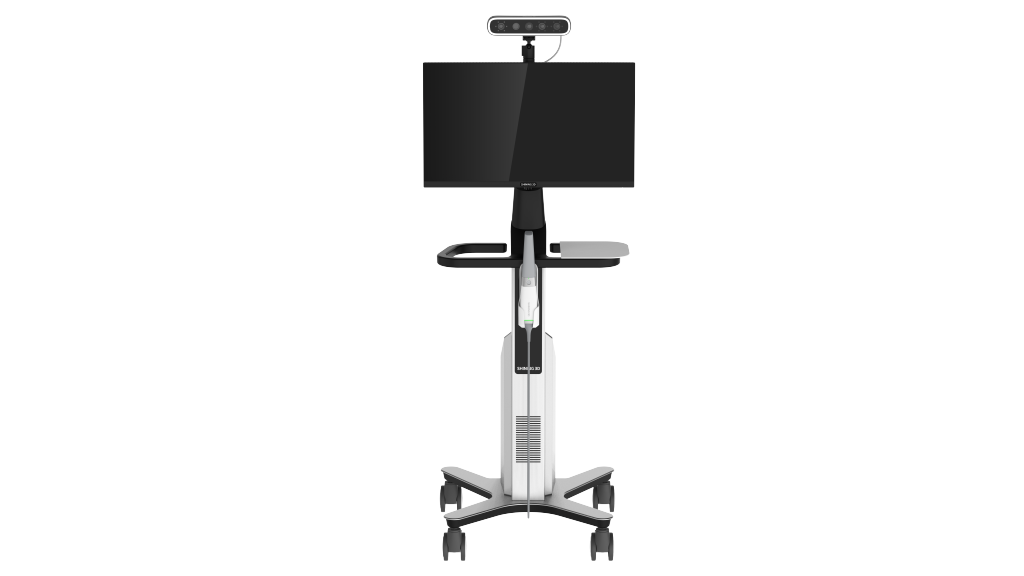Table of Contents
In restorative and prosthodontic dentistry, establishing an accurate jaw relation is critical for functional and aesthetic success. Whether preparing splints for patients with severe wear or planning a full-mouth reconstruction, precise bite registration is the foundation for long-term treatment stability. At SHINING 3D DENTAL, we focus on providing clinicians with integrated digital tools that improve this essential step. Our e-Motion Workstation is designed to simplify and enhance the process of jaw relation determination by capturing and combining intraoral, facial, and mandibular movement data.

Why Accurate Jaw Relation Matters
Jaw relation refers to the spatial positioning of the upper and lower jaws in relation to one another. It directly impacts occlusion, jaw function, and overall patient comfort. Traditional methods for establishing jaw relation often rely on physical impressions, manual measurements, and mechanical articulators. These approaches are time-consuming and can lead to inconsistencies.
With the SHINING 3D e-Motion Workstation, clinicians now have access to a digital solution that improves both accuracy and efficiency. By integrating multiple data points into a virtual model, we help streamline bite registration and reduce the likelihood of remakes or adjustments down the line.
Simplifying the Process with Smart Integration
The e-Motion Workstation combines intraoral scanning, facial capture, and jaw motion tracking into one unified platform. Intraoral scans provide high-resolution details of dental arches and occlusal surfaces. Facial scanning supports esthetic planning and alignment, while mandibular movement data records the functional range of motion. Together, these elements allow for a more accurate representation of the patient’s bite and jaw dynamics.
This complete digital profile is especially helpful when determining jaw relation for splint design. Instead of relying solely on physical articulators, clinicians can use the e-Motion software to simulate jaw positions and generate precise bite registrations. This workflow reduces manual steps and supports better communication between clinics and dental laboratories.
Streamlining Splint Design and Printing
The digital approach to jaw relation is more than just accurate—it is also efficient. Once the virtual jaw relation is established, splint design can be completed directly within the e-Motion software. This seamless process eliminates the need to export data to third-party systems or rely on manual design steps.
Additionally, the system is compatible with dental 3D printers, allowing clinics to produce splints in-house. This capability reduces turnaround time and gives clinicians more control over the fit and function of their restorations. Patients benefit from shorter wait times and improved comfort during treatment.
Applying Digital Precision to Complex Cases
The integrated nature of the e-Motion Workstation also supports more complex clinical cases. Patients with worn dentition, joint disorders, or those undergoing full-mouth rehabilitation require careful assessment of jaw relation and occlusion. By using dynamic mandibular tracking data, we can account for real-time movements and deliver prosthetic solutions that support long-term function and patient satisfaction.
Conclusion
At SHINING 3D DENTAL, we are committed to supporting digital advancements that improve clinical workflows and patient outcomes. Our e-Motion Workstation provides a practical, accurate, and efficient method for jaw relation determination. By integrating intraoral, facial, and jaw movement data, we help dental professionals design restorations that meet the highest standards of precision—while streamlining the entire process from scan to chairside delivery.
 ENG
ENG








